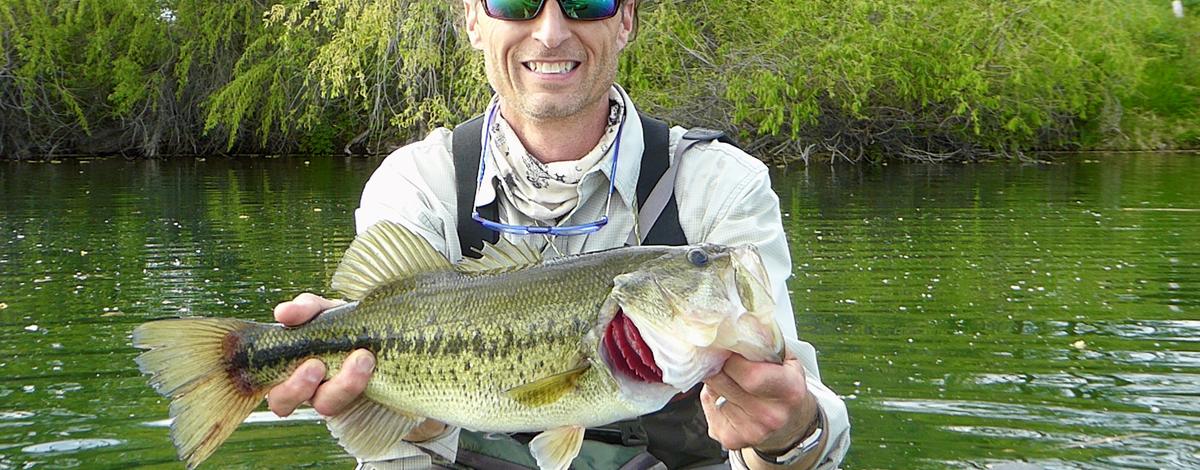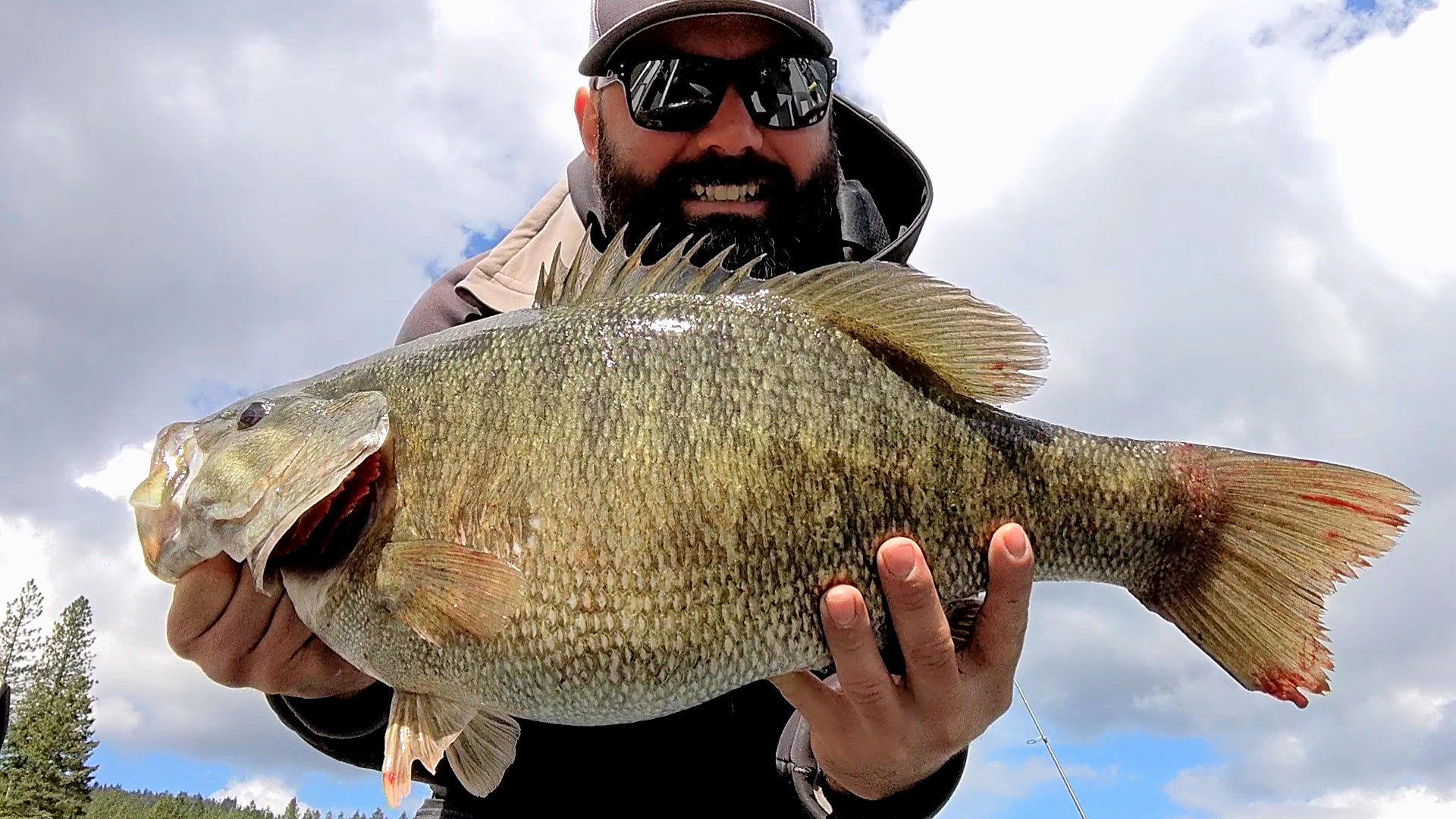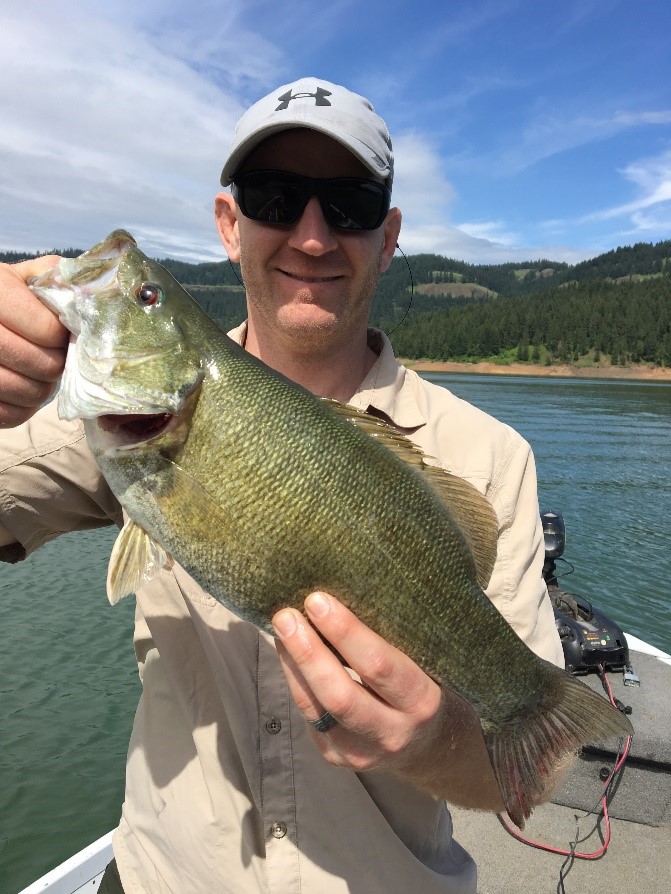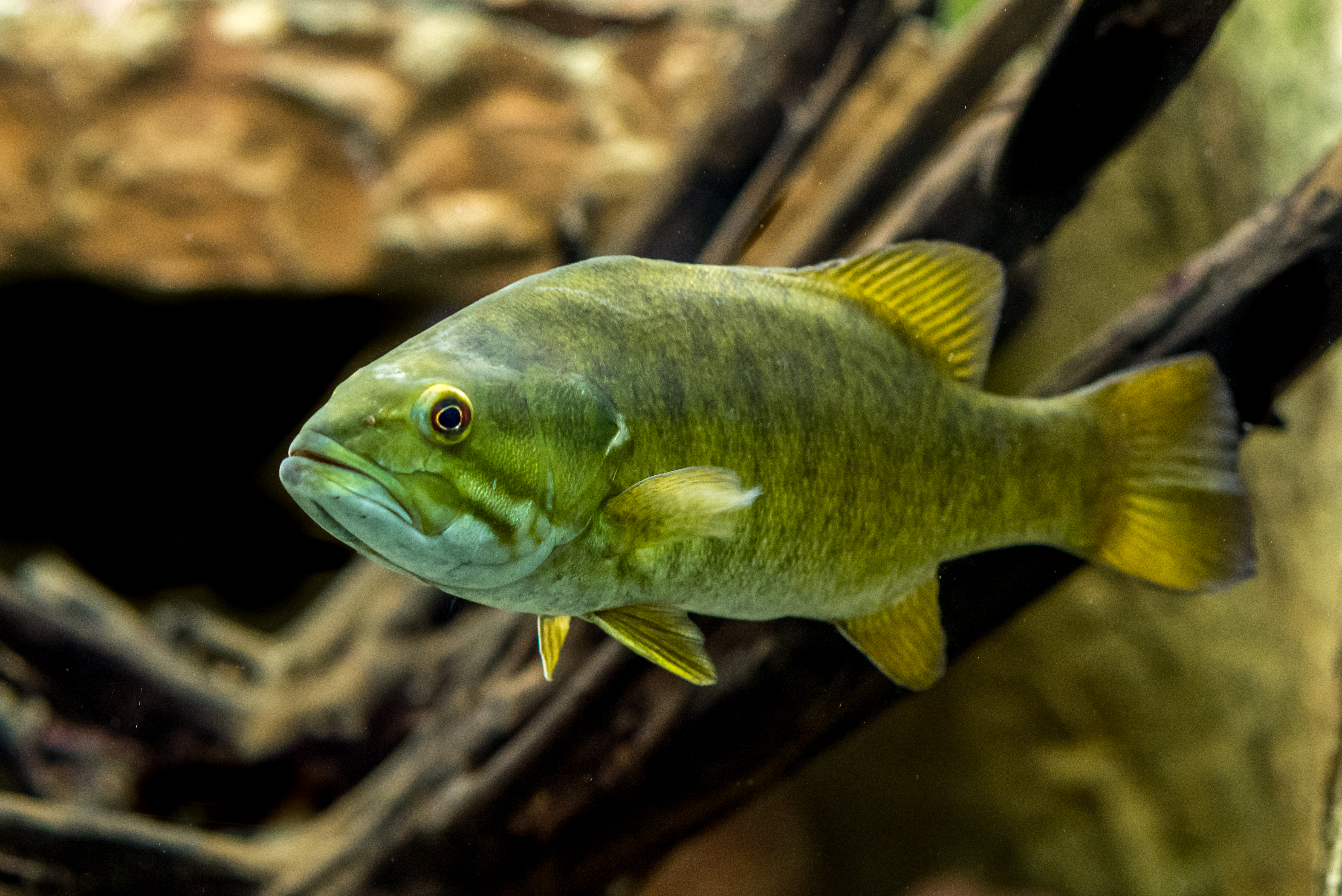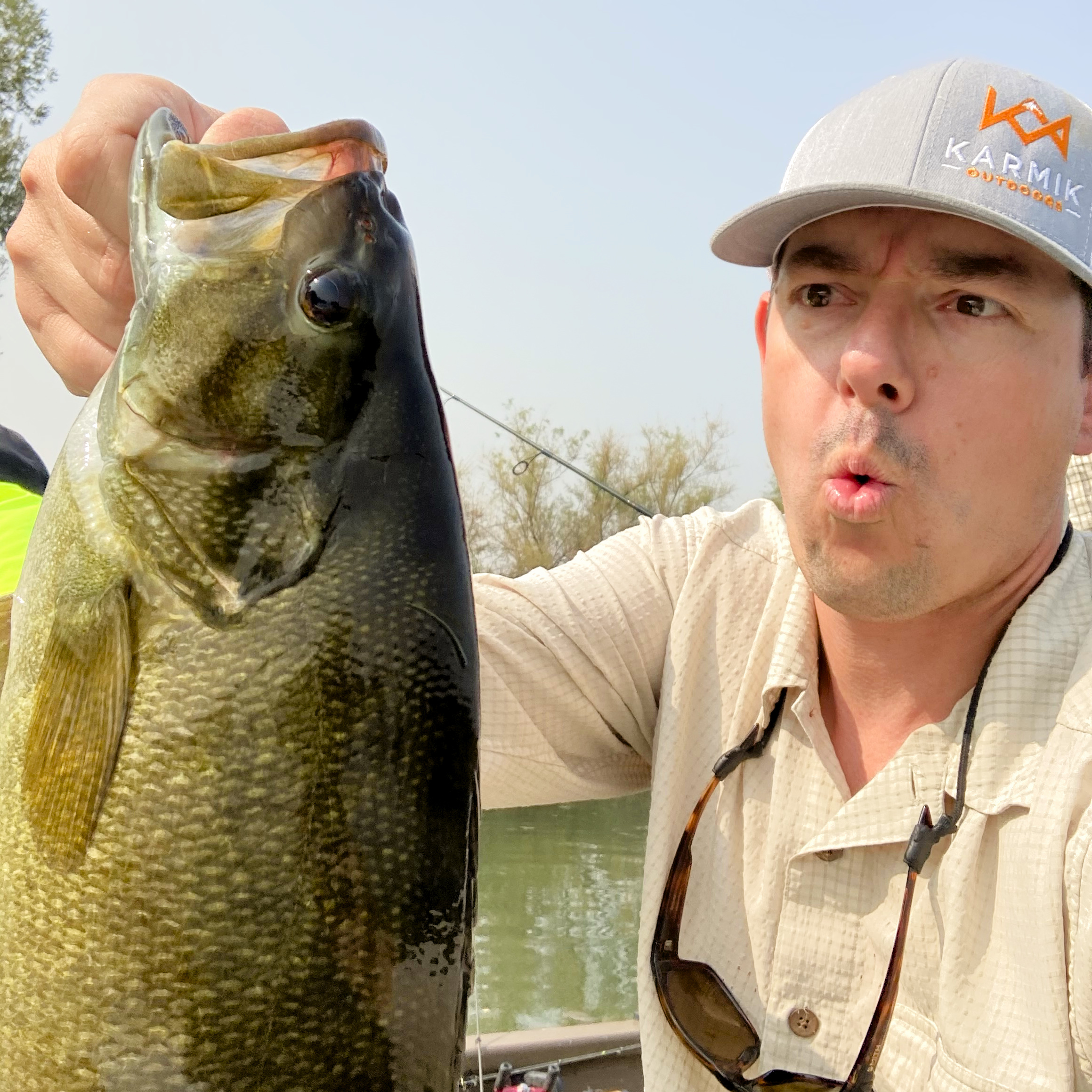While both largemouth and smallmouth bass can be targeted most of the year, the first few weeks of spring — as water temperatures begin to rise — mark the most exciting time to target trophy bass. And, no, you don’t need to be a bass tournament pro to get in on the hunt, either.
All it takes is a little understanding of a bass’s habitat, their spawning cycle, water temperature dynamics and directions to a nearby fishery. Put it all together and you got a recipe for one heck of a weekend fishing for America’s most popular game fish.
A pain in the bass
Bass can be tricky. While found across most of the state, the opportunity to track them down during this pivotal season is often easier in theory than in reality. Understanding their habitat and the type of waterbody they inhabit is key to honing in on either small or largemouth bass.
Smallmouths tend to lurk in cooler waters, such as the Snake River and cooler lakes with deeper water and less vegetation. Largemouth, on the other hand, tend to be found in warmer, shallower bodies of water where rocks and vegetation provide ample coverage from overhead sun and predators. Think of that local pond or reservoir with fallen trees, rock crevices, cattails, over-hanging willows, cottonwoods, lily pads, etc.
Generally speaking, if you can see the structure above the water, or just below the surface, then it’s more likely largemouth territory. And if it’s too deep to tell or too cold to wade and find out, then you might be in smallmouth country.
As water temperatures slowly begin their spring and summer climb, it’s worth noting that the window of opportunity to find these big fish is only open for a few weeks, sometimes less depending on the rate at which the temperatures rise and how, let’s just say efficient, the bass are at spawning.

